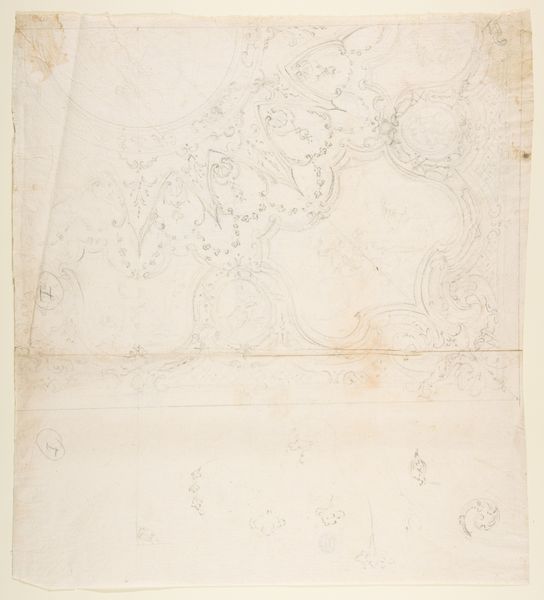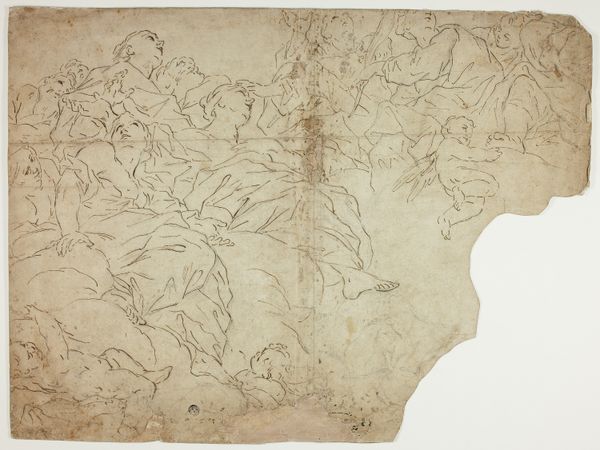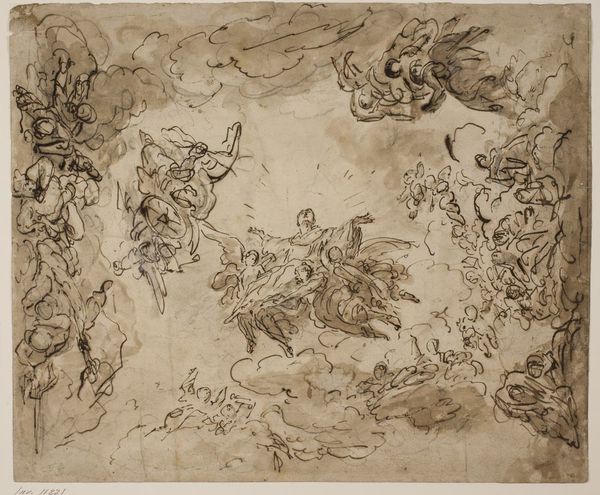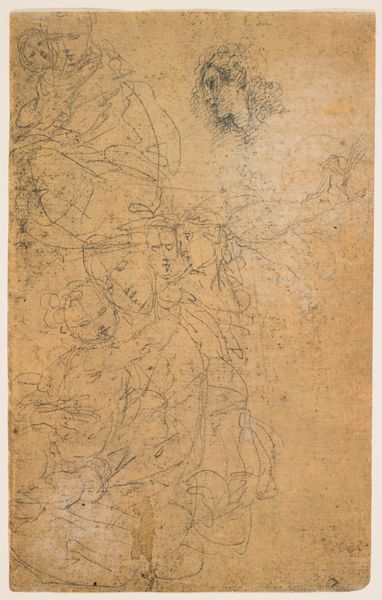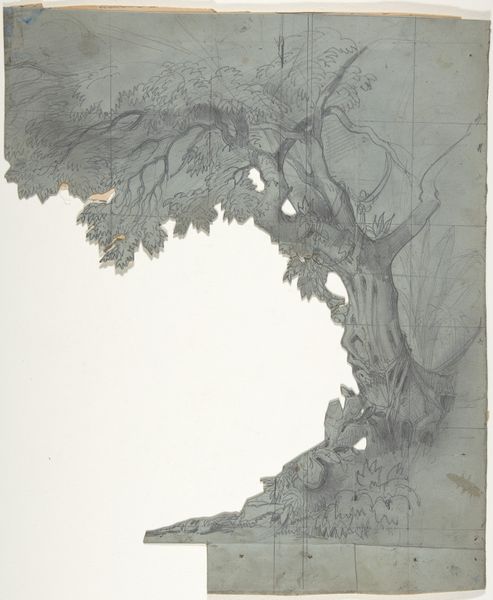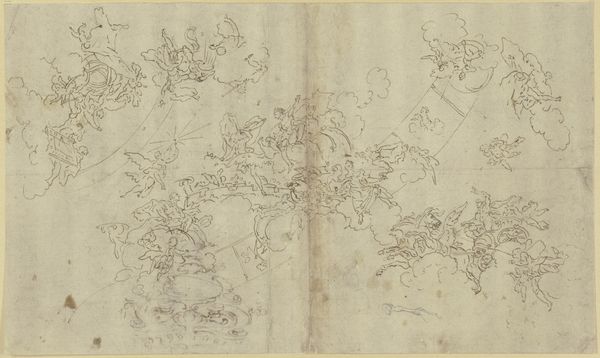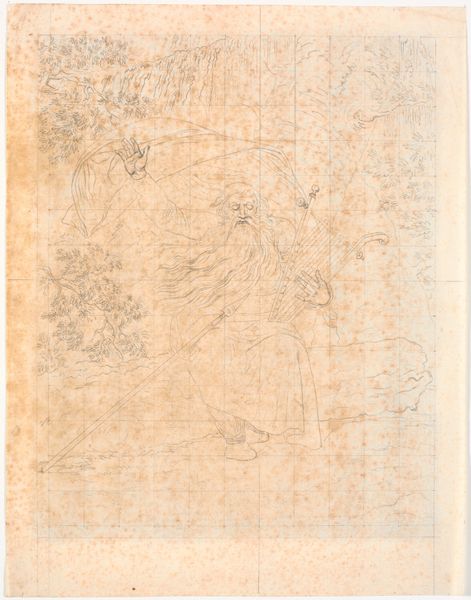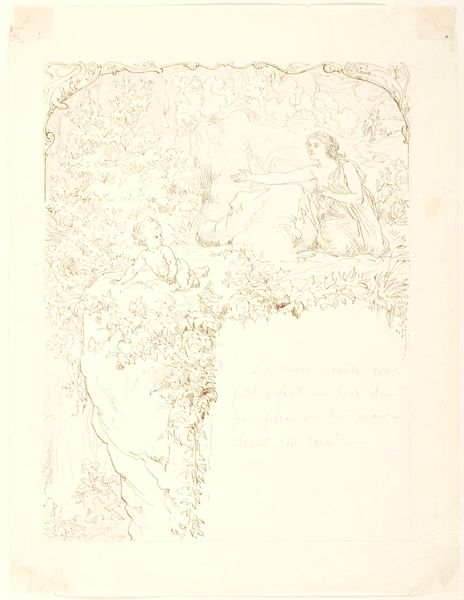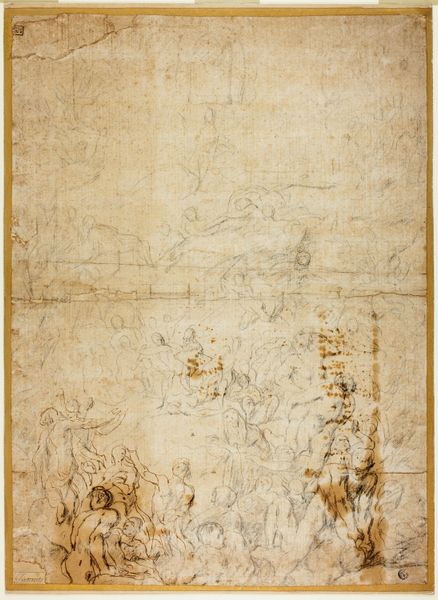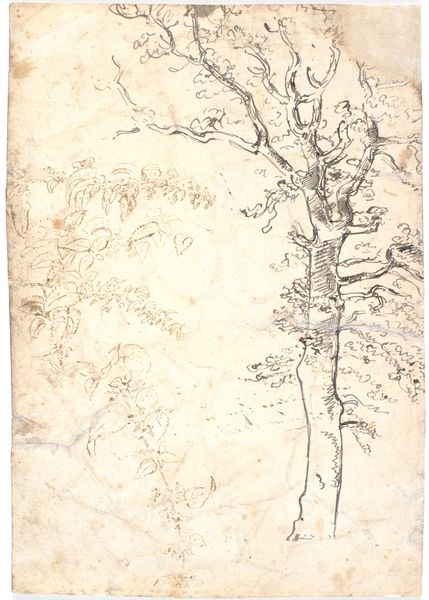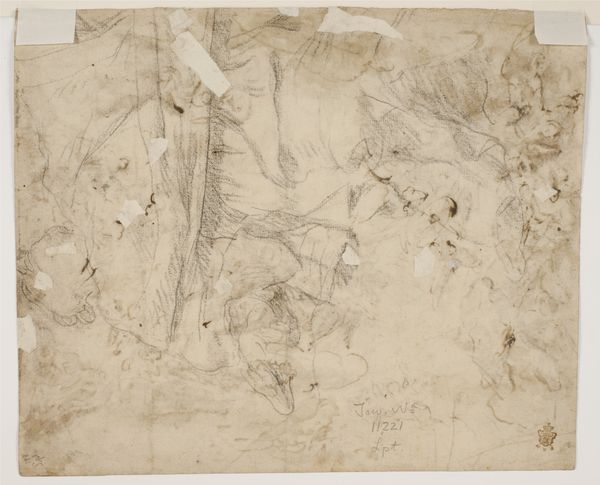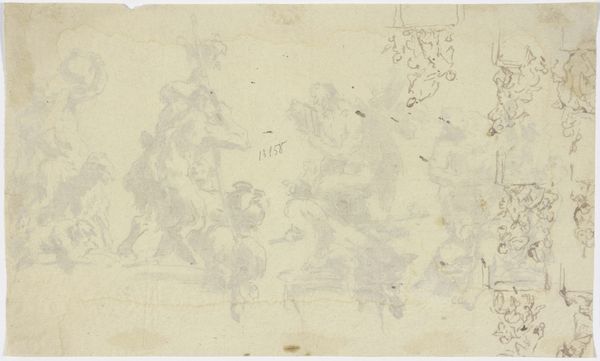
Sketches for Compositions and Groups of Figures (recto and verso) 1563 - 1573
0:00
0:00
drawing, ink
#
drawing
#
ink painting
#
figuration
#
11_renaissance
#
ink
#
line
#
history-painting
#
academic-art
#
italian-renaissance
Dimensions: Sheet: 12 3/4 × 16 5/8 in. (32.4 × 42.2 cm) maximum
Copyright: Public Domain
Curator: Here we have "Sketches for Compositions and Groups of Figures (recto and verso)," created by Paolo Veronese between 1563 and 1573, rendered in ink on paper. It is part of the collection at the Metropolitan Museum of Art. Editor: It strikes me as incredibly dynamic. There’s an almost frantic energy in these figures, like caught in mid-motion, possibly in battle or caught in a sweeping Baroque allegory. Curator: Yes, the Renaissance interest in depicting movement is quite apparent. Each individual is rendered with incredible detail despite the sketch-like quality. These figures, likely studies for a larger work, show the Renaissance fascination with the human form, and even the inherent heroism embedded in musculature, proportion, and drama. Editor: I wonder about who got to be “heroic” at this moment? Consider the era's societal structures: Veronese would have been painting predominantly male, wealthy subjects—celebrating a very specific power dynamic and class. How might his patrons or society receive representations that defied their own privilege? Curator: Veronese was masterful at using symbolism. He imbues many of his historical or biblical subjects with allegorical content meant to subtly guide the viewer toward important concepts or reinforce societal hierarchy and structures. Editor: And were viewers even "guided" at all? Allegories of this type were always a balancing act, especially during the Counter-Reformation. How closely could an artist visually scrutinize the structures that uphold injustice? To what degree does Veronese actually celebrate the status quo or question it through implied narrative? Curator: It's a question worth contemplating, particularly when observing how light and shadow fall on the characters' bodies, imbuing the work with heightened spiritual, perhaps even aspirational, resonance. The academic style certainly lends itself to that reading. Editor: What's also interesting is to look at is this kind of Renaissance celebration of skill in relation to artistic labour. The artist would often try to conceal their skill under seeming effortlessness. But is it possible, rather, to consider labour a collective social endeavour instead of glorifying individual mastery? It feels vital to recognize this when examining these sweeping Renaissance ideals. Curator: Food for thought! Perhaps the layered meanings held within such artwork encourage constant engagement, continuously shifting as societal perspectives evolve over time. Editor: Absolutely! It is important for each generation to re-evaluate artwork by engaging in nuanced sociohistorical and ethical inquiry.
Comments
No comments
Be the first to comment and join the conversation on the ultimate creative platform.
